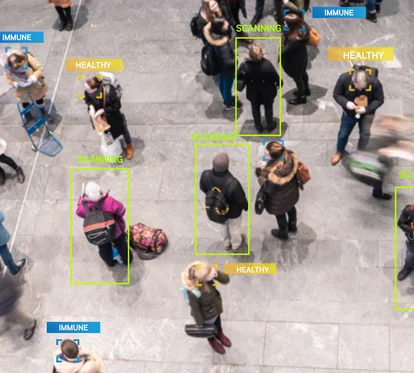If you want to get started with AI, the Dutch AI regulation, first recorded in April 2021, requires you to meet four conditions:Minimaliseer de bias (vertekening door systematische fouten): bouw in je AI verantwoordelijkheid in om ervoor te zorgen dat de algoritmen (en onderliggende data) zo onbevooroordeeld en representatief mogelijk zijn.
- Minimize bias (bias due to systematic errors): build accountability into your AI to ensure that the algorithms (and underlying data) are as unbiased and representative as possible.
- Ensure transparency of AI: to build trust with employees and customers, develop explainable AI that is transparent across all processes and functions.
- Protect the privacy and security of the data used: use a privacy- and security-first approach to ensure that personal and/or sensitive data is never used unethically.
- Keep algorithms ethical: by creating an ethical rationale for AI, you can mitigate risks and create systems that benefit your shareholders, employees and society as a whole.
Upcoming regulations (the AI regulation will become a law once it is further developed and ratified) also point in the direction of mandating explanations on the use of algorithms within the Dutch government. A Dutch national algorithms register is already operational.
Major players like Microsoft are also making significant strides in the area of guidelines. Read here how Microsoft thinks about responsible AI.

